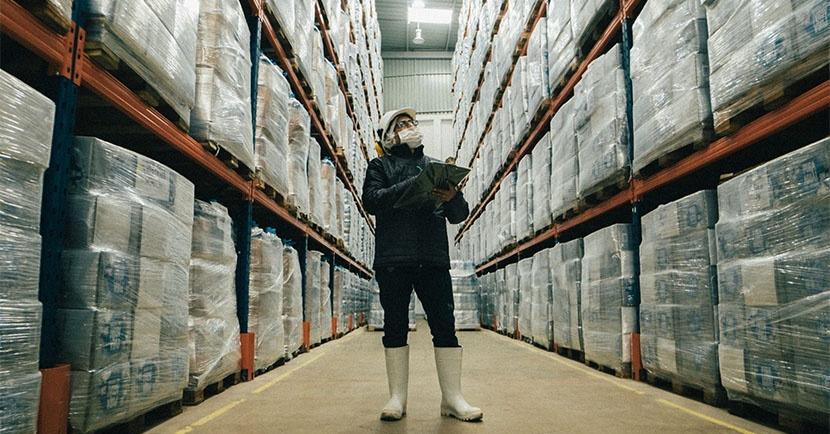Pallet racking systems are the backbone of warehouses and storage facilities, providing efficient storage solutions for goods and materials. However, over time, wear and tear, changes in inventory, and improper use can compromise the integrity and safety of pallet racking systems. This is where a pallet racking audit comes into play, offering a comprehensive assessment of the condition and performance of the racking system. In this blog, we’ll explore the importance of a pallet racking audit in ensuring safety and efficiency in warehouse operations.
Identifying Safety Hazards
One of the primary reasons for conducting a pallet racking audit is to identify potential safety hazards. Overloaded or improperly loaded racks, damaged components, inadequate anchoring, and poor installation are just a few examples of issues that can compromise the structural integrity of pallet racking systems and pose serious safety risks to workers and property. A thorough audit helps identify these hazards early on, allowing for corrective action to be taken before accidents or injuries occur.
Preventing Accidents and Injuries
Accidents involving pallet racking systems can have devastating consequences, ranging from injuries to workers and damage to inventory to costly downtime and legal liabilities. By conducting regular audits, warehouse managers can proactively address safety concerns and implement preventive measures to mitigate the risk of accidents and injuries. This includes repairing damaged components, reinforcing weak points, and providing employee training on safe loading and unloading practices.
Optimizing Storage Space
In addition to safety considerations, a pallet racking audit also helps optimize storage space and maximize warehouse efficiency. By assessing the layout, configuration, and utilization of the racking system, warehouse managers can identify opportunities to improve storage density, streamline workflows, and increase throughput. This may involve reorganizing inventory, adjusting rack heights, or implementing new storage solutions to better accommodate changing inventory needs and operational requirements.
Compliance with Regulations
Compliance with safety regulations and industry standards is paramount in warehouse operations. Failure to adhere to regulatory requirements can result in fines, penalties, and legal liabilities, not to mention reputational damage. A pallet racking audit helps ensure compliance with relevant regulations and standards, such as those set forth by the Occupational Safety and Health Administration (OSHA) and the Rack Manufacturers Institute (RMI). By conducting audits regularly, warehouse managers can demonstrate their commitment to safety and compliance and avoid costly consequences.
Extending Equipment Lifespan
Pallet racking systems represent a significant investment for warehouses and storage facilities. Regular audits help protect this investment by identifying maintenance needs and addressing issues early on, before they escalate into major problems requiring costly repairs or replacements. By maintaining the structural integrity of pallet racking systems through proactive inspections and maintenance, warehouse managers can extend the lifespan of their equipment and maximize its long-term value.
Conclusion
In conclusion, a pallet racking audit is a critical component of warehouse safety and efficiency. By identifying safety hazards, preventing accidents and injuries, optimizing storage space, ensuring compliance with regulations, and extending equipment lifespan, pallet racking audits help protect workers, property, and the bottom line. For warehouse managers and operators, investing in regular audits is not just a best practice – it’s essential for maintaining a safe, productive, and compliant workplace.

